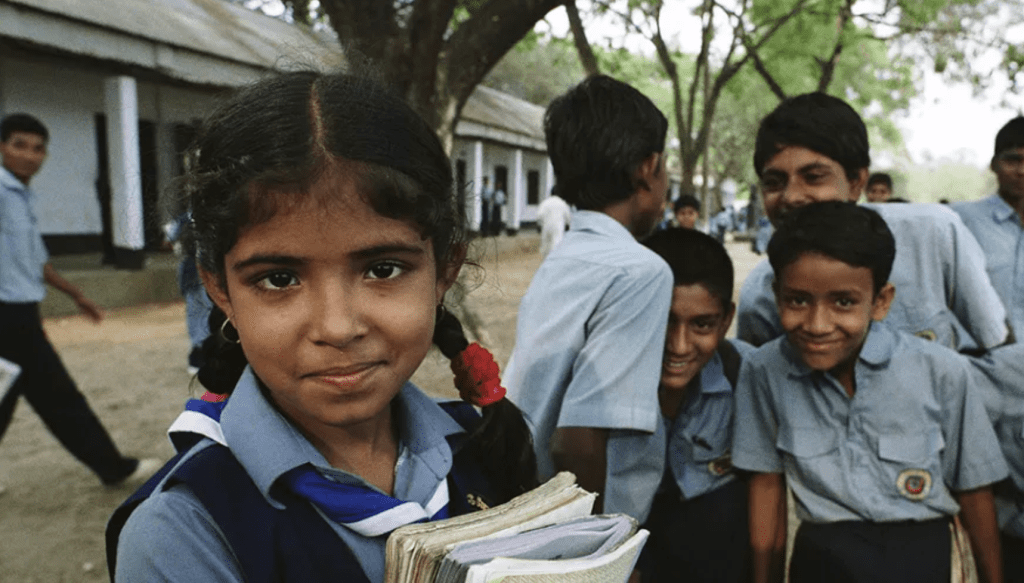Keywords: Human Capital Index, Workforce Productivity, Microeconomics, Human Capital Project, Inequality, Policy Development

Introduction
The first anniversary of the Human Capital Index (HCI) provides an ideal opportunity to look back at what’s been achieved and what lies ahead. If you’re unfamiliar with it, the HCI quantifies the contribution of health and education to the productivity of a country’s next generation of workers. This is based on empirical evidence obtained through microeconomic econometric methods. Complementing the HCI, the more extensive Human Capital Project (HCP) has been launched with the aim of enhancing the assessment and research on human capital and strengthening cooperation on the issue with countries globally.
Insights from the Human Capital Index
The HCI has provided valuable insights to countries across all income brackets, guiding more effective investments based on their specific contexts. With HCI scores ranging between 0 and 1, representing the potential percentage of productivity, the differences among countries are significant – from Chad’s 0.29, to Peru’s 0.59, to Singapore’s 0.88. This indicates there’s much more work to be done globally to improve human capital conditions. However, a country’s HCI might mask significant internal inequalities. Consequently, for over ten countries, the HCI has been broken down by geographical regions, and for around fifty countries (mostly low and middle-income), it has been split based on socio-economic conditions. This aims to better guide policy discussions and target-setting.
Action on the Ground
What’s most heartening is that many countries are taking action to enhance their human capital conditions.
For instance, the Sahel Women’s Empowerment and Demographic Dividend (SWEDD) project uses multisectoral interventions to address issues of family planning and gender violence. Thanks to the project’s investment in the Sahel region, young girls are benefiting from school-related interventions intended to help them realize their full potential and grow, including transportation services, accommodation, school supplies, and cash transfers.
In Indonesia, the government’s multi-sectoral strategy to reduce stunting rates is bearing fruit and operating in innovative ways at the family level.
Conclusion
As we celebrate the first anniversary of the Human Capital Index, we reflect on its role in directing policy and investment towards health and education. This is a step towards a world where human capital—the knowledge, skills, and health that people accumulate over their lives—is universally appreciated and nurtured.
This isn’t the end of the discussion—far from it. I encourage you to share your thoughts, pose questions, and join the conversation on how we can further enhance the human capital of nations. After all, our collective input can make a profound difference as we stride forward on this journey.





